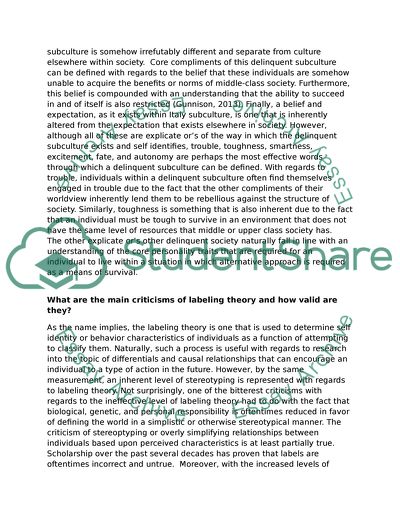Cite this document
(“Theories of criminal behaviour Essay Example | Topics and Well Written Essays - 1750 words”, n.d.)
Theories of criminal behaviour Essay Example | Topics and Well Written Essays - 1750 words. Retrieved from https://studentshare.org/law/1626269-theories-of-criminal-behaviour
Theories of criminal behaviour Essay Example | Topics and Well Written Essays - 1750 words. Retrieved from https://studentshare.org/law/1626269-theories-of-criminal-behaviour
(Theories of Criminal Behaviour Essay Example | Topics and Well Written Essays - 1750 Words)
Theories of Criminal Behaviour Essay Example | Topics and Well Written Essays - 1750 Words. https://studentshare.org/law/1626269-theories-of-criminal-behaviour.
Theories of Criminal Behaviour Essay Example | Topics and Well Written Essays - 1750 Words. https://studentshare.org/law/1626269-theories-of-criminal-behaviour.
“Theories of Criminal Behaviour Essay Example | Topics and Well Written Essays - 1750 Words”, n.d. https://studentshare.org/law/1626269-theories-of-criminal-behaviour.


